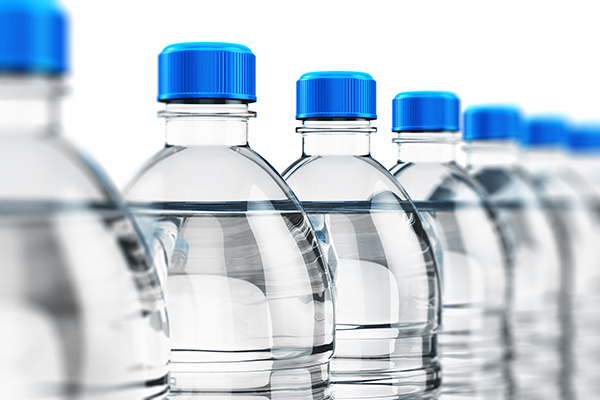The 12 Months of Preparedness project helps employees, students and the community have a personal/family disaster plan in place by the end of 2017. Each month, a new step is discussed.
The March focus is emergency water, which is essential for survival.
Most people cannot survive without water for longer than 3-5 days. In a disaster, expect damage or interruption to the water supply.
This means you will need to provide clean drinking water for yourself, your family and even your pets for an extended period of time. Being educated on this subject is crucial in preparing for any potential disaster.
As a general rule of thumb, the amount of water required for each individual or pet is one gallon of water per day. Enough water for a minimum of three days needs to be available, but it is best to have a week’s worth or more.
There are various methods of storing water. Bottled water is probably the easiest and safest method, but there are multiple other options available (plastic jerry cans, water barrels, intermediate bulk containers). The type of water bottle or container will determine the shelf life of the water before it’s time to replace the H2O.
In emergency situations there are also alternative sources of water available in your home. Emptying the water heater, draining the water pipes if you live in a two-story home and even collecting the water in your toilet tanks may be safe options.
In situations where water is available but considered unsafe to drink, there are various methods for water treatment. Boiling, disinfecting with chlorine bleach and filtering are all options that can be utilized. However, all these options have limitations, and making sure that you have adequate amounts of commercially prepared or stored water is the safest way to ensure access to and availability of drinkable water.
For further specifics and instructions, visit the 12 Months of Preparedness March page.
Also brush up on the January and February topics: family disaster plans and disaster preparedness kits.

